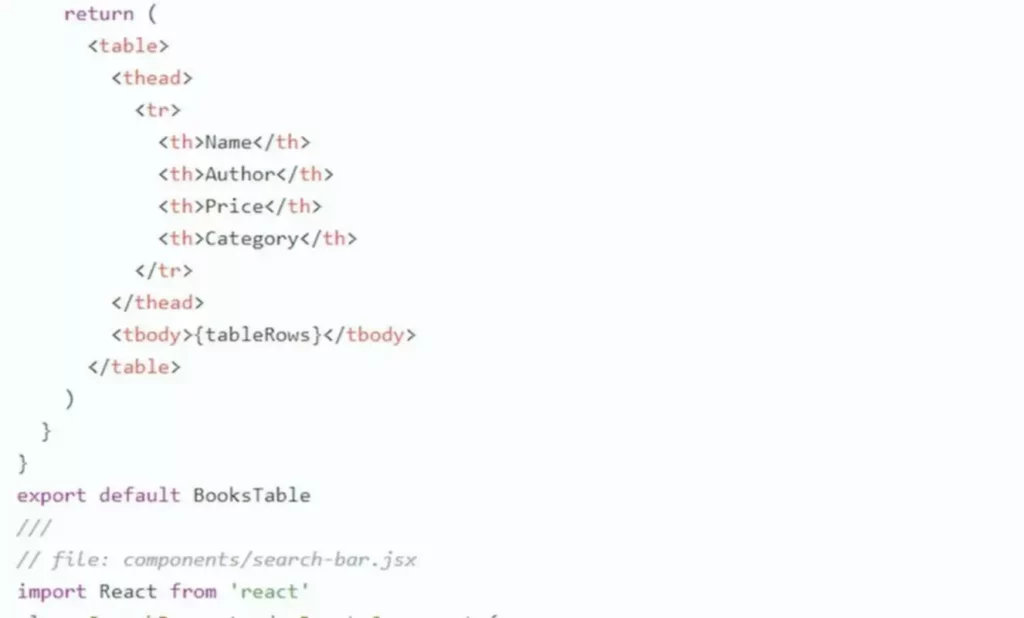Containers are designed to isolate functions and their dependencies, making certain that they’ll run persistently across different environments. Whether Or Not the application is running out of your computer or within the cloud, the applying behaviour stays the identical. Docker Hub is a public registry the place user/developers can retailer and share system pictures created by them and making them to simply access and reuse pictures for other software program builders. Digital machines (VMs) are an abstraction of physical hardware turning one server into many servers. Every VM includes a full copy of an operating system, the application, essential binaries and libraries – taking up tens of GBs.
Whereas containers excel in scalability and fast deployment, VMs are better suited for operating full-fledged OS environments that require deep system-level entry. Kubernetes is an open-source container orchestration system that automates the administration, scaling, routing, and so on. of containers. Although initially developed by the tech mogul Google, its additional improvement rests within the arms of CNCF (Cloud Native Computing Foundation).

They don’t contain a visitor OS for every container and rely on the underlying OS kernel, which makes the containers lightweight. To Know extra concerning the docker instructions refer tot the Docker – Instruction Instructions . It is an open-source device and freely out there for all working techniques.
Devops : Automate Your Infrastructure With Puppet
The Azure Developer CLI (azd) is a contemporary developer expertise that simplifies deploying full-stack apps to Azure. It uses conference over configuration and helps Infra-as-Code out of the box. Traditional LLM prompting depends on stuffing context (like documents, information, and instructions) right into a single, unstructured enter. This is the place the Model Context Protocol (MCP) is available in — a lightweight but highly effective standard for exposing structured context and useful APIs to LLMs. From basic execution to complicated configurations with networking, storage, andresource constraints, mastering this command empowers you to deploy containersefficiently. This is usually probably the most practical selection for production services, as it maintainsuptime whereas respecting manual interventions.
Some folks confuse Docker and Kubernetes, however they’re two totally different instruments that server completely different purposes. Docker offers a method to create and manage containers, while Kubernetes automates duties similar to container deployment, scaling, and cargo balancing. Whereas Docker can be used without Kubernetes, Kubernetes depends on Docker to run containers. Docker is an open source virtualization know-how that makes it easy to build, test, and deploy functions. A software for outlining and running multi-container Docker purposes. It makes use of why do we need docker a YAMLYAML (YAML Ain’t Markup Language) is a human-readable knowledge serialization format commonly used for configuration recordsdata.

What Is A Docker Container In Simple Terms?
Eventually, you have to take a step back and group containers to ship services—networking, safety, telemetry, and more—across all your containers. As we move towards a more containerized future, the flexibility to effectively make the most of Docker’s capabilities will set organizations aside in their quest for innovation and effectivity. The flexibility, pace, and reliability that containers bring usually are not just benefits; they’re essential parts of recent software development strategies.
It’s a background process that listens for requests from the Docker Shopper and manages Docker objects like containers, pictures, networks, and volumes. The Dockerfile is analogous to the necessities document, which simply has a set of instructions for building the container template. Docker construct is an command which is used to construct the docker picture through the use of the Dockerfile. Containers share assets with other containers in the identical host OS and provide OS-level process isolation.

Deployment And Orchestration
To put what’s docker container merely, a Docker container is like a sealed box containing an software and every little thing it needs to run. Simply like a delivery container carries items throughout different places with out modification, a Docker container ensures that software program runs the same way on any system. A DockerFile is a plain text file that contains the directions for constructing a Docker container picture. Over the final decade, Docker has turn out to be the heart of modern application architecture empowering builders to build and run apps anyplace. Mastering Docker unlocks simpler, transportable and scalable software program improvement leveraging trade normal containers. As builders build Dockerfiles, pictures get created layer by layer.
- For our first example, we‘ll Dockerize a easy “howdy world” Node.js web application.
- A container image is a read-only template that bundles collectively all of the code, dependencies, libraries, and other filesystem contents wanted to run an software.
- This ease-to-develop is what motivates many builders to tug base images from open-source/common Docker repositories, similar to Docker Hub.
- Containerized software will run the same, irrespective of the infrastructure.
- Docker may help modernize legacy functions by encapsulating them into containers, enabling them to run on fashionable infrastructures with out extensive refactoring.
The set up script adds Docker as a Home Windows service and units up the Docker community. By default, all Docker containers have a separate network that is proxied through the host. Our container runs successfully, and we get some output from Flask saying that it’s able to serve our web page.
We will discover Docker instructions in depth in the “Docker Commands blog”. A Docker container is a light-weight, transportable setting that runs functions with all required dependencies. Not Like monolithic apps, containers isolate software dependencies into self-contained items that permit working multiple versions side-by-side. This makes onboarding new developers faster and prevents dependency conflicts. Docker is an especially popular platform for packaging, distributing, and operating functions in lightweight containers. According to Datadog‘s 2022 Container Adoption report, 83% of organizations have containers in production – up from 23% in 2016.
I‘ve seen firsthand how Docker has made containerization mainstream – reworking how teams develop and ship software. To me, it isn’t just about constructing something that works it’s about constructing one thing that works better, faster, and more reliably each time. The Docker Engine simplifies the complexities of container orchestration by integrating the varied components required to build, run, and manage containers. The Docker Daemon, also called https://deveducation.com/ dockerd, is the mind of the entire Docker operation.
A Quick Historical Past Of Delivery Containers
Docker lets individuals (or companies) create and share software via Docker photographs. Additionally, you don’t have to fret about whether your laptop can run the software in a Docker picture — a Docker container can always run it. However, in case of Windows/Mac there might be an additional Toolbox part contained in the Docker host. This Docker Toolbox is an installer to rapidly and easily install and setup a Docker environment on your Windows/iOS. This Toolbox installs Docker Consumer, Machine, Compose (Mac only), Kitematic and VirtualBox. Docker is widely utilized in DevOps, cloud computing, and microservices architectures because of these benefits.
In the case of the Model Runner, this command won’t spin up any kind of container. As A Substitute, it’ll call an Inference Server API endpoint, hosted by the Mannequin Runner via Docker Desktop, and supply an OpenAI appropriate API. The Inference Server will use llama.cpp because the Inference Engine, operating as a local host course of, load the requested model on demand, after which carry out the inference on the received request.
